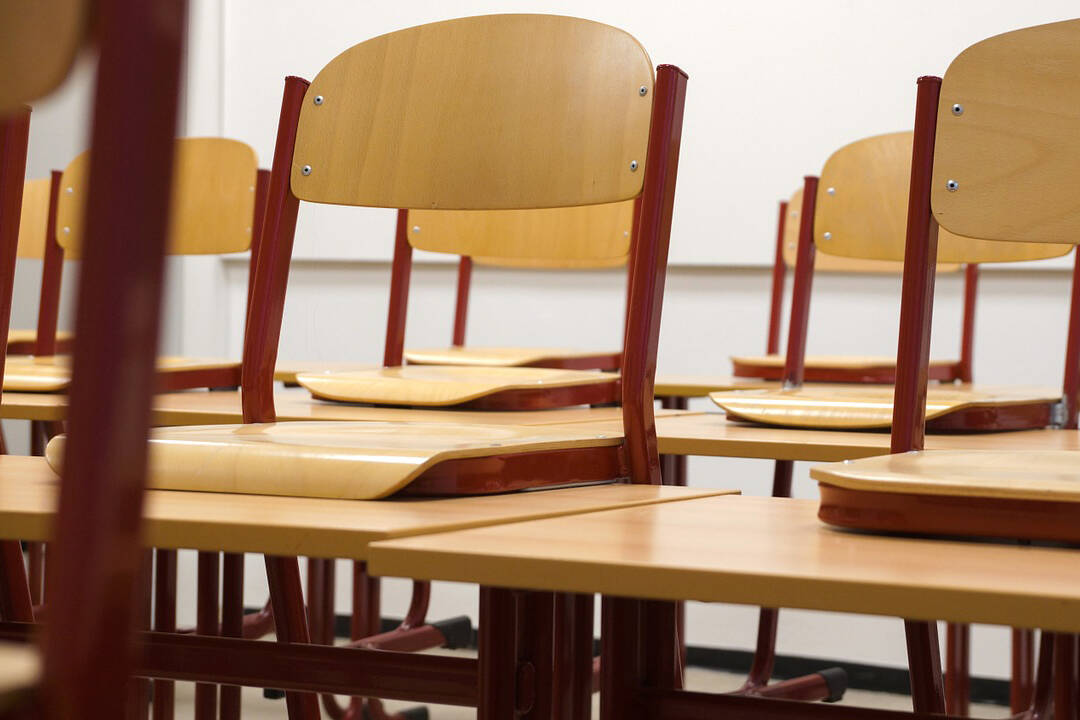The British Columbia government recently banned smartphones in K-12 classrooms, and if other provinces want to help students succeed, they’ll follow suit. There’s mounting evidence that smartphones distract students from learning math while social media can have devastating effects on young people.
The latest report from the Programme for International Student Assessment (PISA), the most trusted international standardized test of 15-year-olds worldwide, revealed a “strong association” between smartphone distraction and student outcomes. According to PISA, 45 per cent of students in the 38 OECD countries reported anxiety if their phones weren’t near them, and 59 per cent reported being distracted by the devices of other students in math class—in Canada, that percentage skyrockets to 80 per cent.
The result? Students who were distracted by smartphones in math class scored 15 points lower on PISA math tests than students who did not report being distracted. For context, PISA considers a 20-point drop the equivalent of one lost year of learning.
In B.C., student performance has been declining for 20 years. From 2003 to 2022, the most recent year of available data, B.C. math scores have plummeted by 42 points and the province’s 15-year-olds are now more than two years behind where they were in math in 2003. Over the same period, B.C. scores in reading and science also declined.
You don’t need to be an expert on pedagogy to understand how distracting and potentially toxic smartphones could be in classrooms. But the PISA report provides clear data, showing that smartphones cause anxiety in teenagers and learning loss. These data are gleaned from PISA’s comprehensive standardized test and student survey, proving once again that quality testing matters.
Yet the B.C. government’s own student test data is less and less useful because the quality of provincewide testing in B.C. high schools has declined dramatically.
In fact, research shows that after the B.C. government switched in 2017/18 from course-content based high school exams in math and English to vague student assessments in numeracy and literacy, the share of students writing these assessments has declined significantly—despite the government insisting the assessments are required for graduation. Graduation rates, meanwhile, have increased.
Specifically, student participation in B.C.’s Grade 10 literacy assessment in 2021/22 was 17.1 percentage points lower compared to the Grade 10 English exams in 2015/16. Over the same period, participation in the numeracy assessment declined 22.3 percentage points, and participation in the Grade 12 literacy assessment declined by 14.2 percentage points. Meanwhile, student proficiency in both literacy and numeracy also declined in Grade 10. Today, less than half of B.C. Grade 10 students are proficient in numeracy.
At the same time, the declining share of students writing the tests decreases the quality of the data for the government to identify issues in student achievement. The assessments themselves are also of lower quality. The government replaced percentage grades with vague grading categories such as “emerging” and “proficient.”
There’s an adage that if you don’t know the answer on a standardized test, pick C as it’s most likely to be correct. (This is a myth, not a piece of advice!) But without a strong system of standardized testing, the B.C. government is closing its eyes and picking C when creating education policy. Indeed, in coming years, due to the poor quality of the province’s testing data, there will be no clear evidence that banning smartphones improved student learning despite overwhelming evidence from other testing regimes.
If the B.C. government wants to increase the quality of its own data to make better-informed decisions about B.C. schools, it should reinforce the province’s standardized tests for the benefit of students today and tomorrow.
Paige MacPherson is associate director of education policy for the Fraser Institute.

